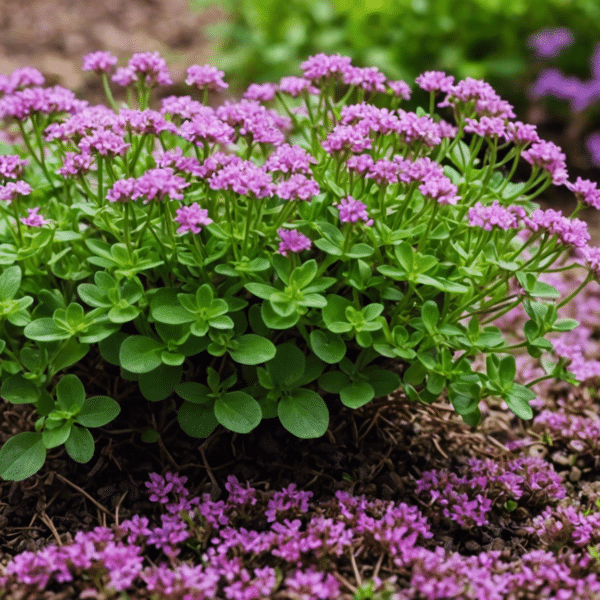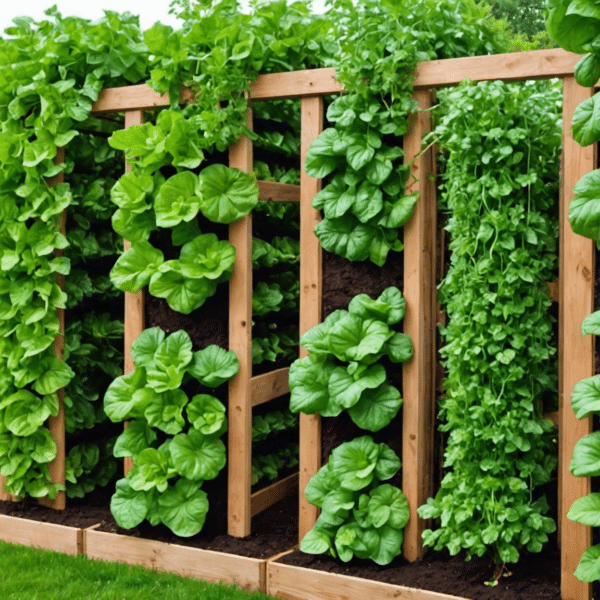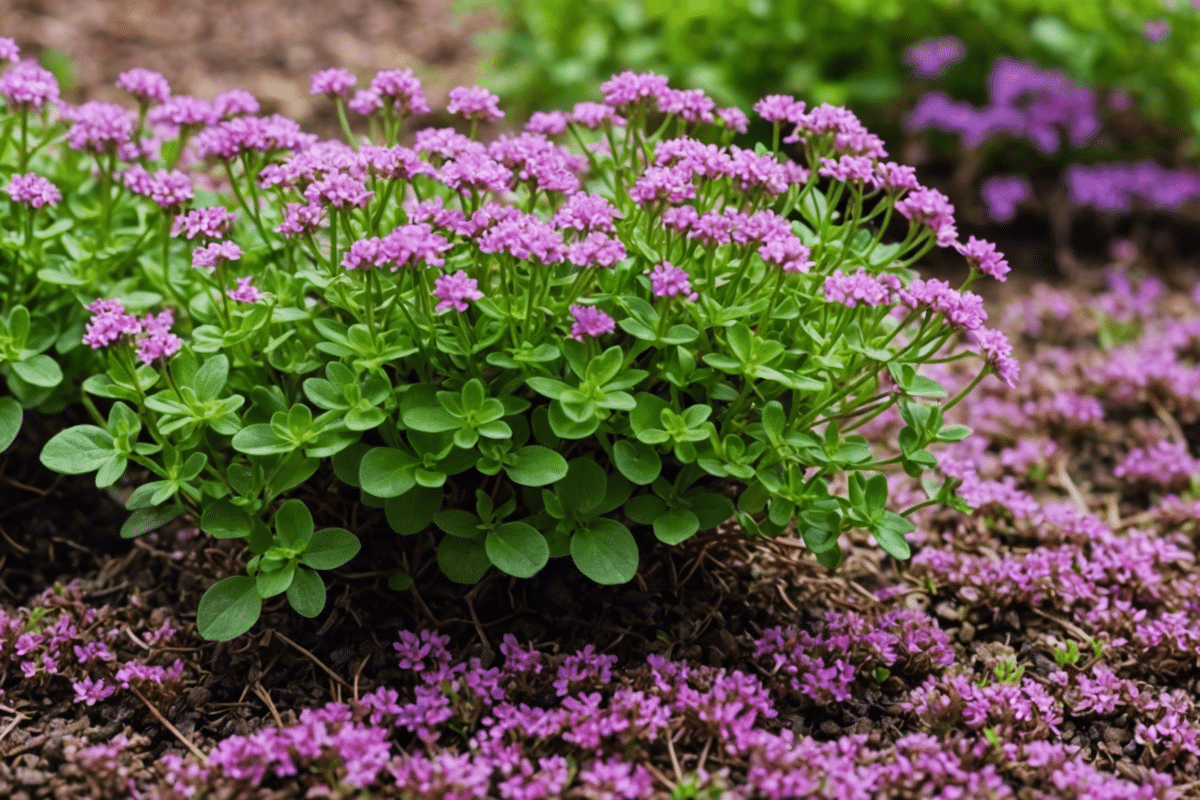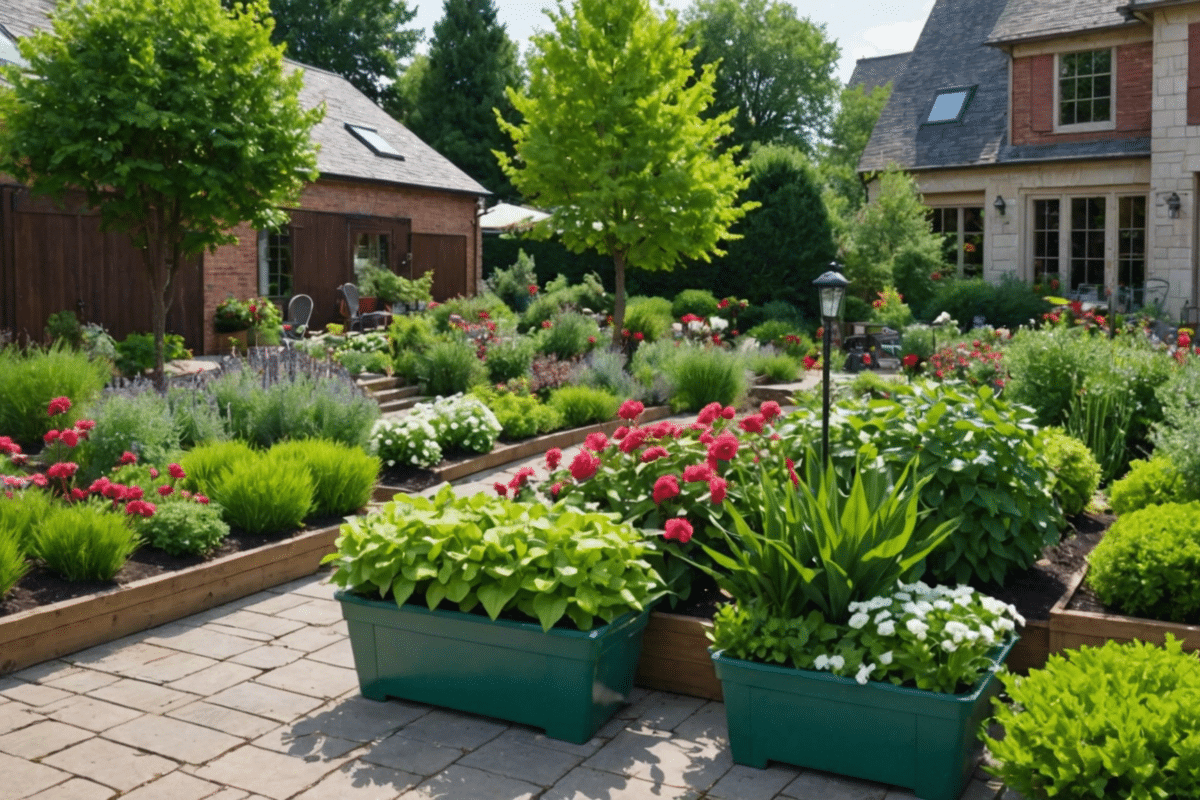Content
Picture this: A lush, thriving garden teeming with colorful flowers, healthy vegetables, and aromatic herbs, all coexisting harmoniously. What if I told you that you can achieve such an idyllic outdoor living space that is not only beautiful but also sustainable and resistant to pests? Are you ready to embrace a method as old as nature itself?
Imagine being able to outsmart those pesky creatures that seem hell-bent on ruining your hard work, all without reaching for the harmful pesticides. Is it possible?
Yes, indeed! The secret lies in a practice known as companion planting. It’s essentially about curating a community of plants that benefit each other by deterring pests, improving soil health, and promoting pollination. It’s a beautiful blend of science and art where nature does most of the work while we reap the rewards!
The beauty of nature lies in its interconnectivity. Look beyond the individual plant and see the community that can be created within your outdoor living space!
Are you intrigued by the thought of using plants as natural pest deterrents? Do you want to create a healthier environment for your plants and animals that doesn’t rely on artificial chemicals? It’s time to step away from conventional methods and step into nature’s way of doing things.
Roll up your sleeves and join me in exploring the exciting world of companion planting. It’s time to learn more about Companion planting for pest control. Let’s embrace the power of nature and cultivate a more sustainable and joyful outdoor living experience together!
Welcome to the world of companion planting, an incredible natural method of pest control that promotes biodiversity in your outdoor space. Embrace the wonders of nature and learn how to use companion planting for pest control effectively, creating a balanced, healthy, and pest-free environment for your plants and small creatures.
Understanding companion planting
If you are new to gardening or just exploring sustainable methods of pest control, you may be asking: What is companion planting? It is the practice of planting different species together that mutually benefit each other. Some plants release chemicals from roots or aerial parts that can repel pests and protect neighboring plants.
Benefits of companion planting for pest control
Besides being a natural method of pest control, companion planting has several other advantages. It boosts plant health, promotes biodiversity, improves soil fertility, and maximizes space utilization. Most importantly, it reduces dependency on chemical pesticides, contributing to a healthier environment.
Companion planting helps create a balanced ecosystem in your garden where every living organism plays a role in its success
One classic example of companion planting is the Three Sisters method used by Native American tribes, as described in this article from the National Agricultural Library. In simple terms, corn, beans, and squash are planted together. Corn provides support for the beans to climb, while beans fix nitrogen in the soil, benefiting both corn and squash. Squash, with its broad leaves, acts as a living mulch, suppressing weeds and retaining soil moisture.
Another example is planting marigolds alongside tomatoes to deter pests like nematodes and whiteflies, thanks to their strong aroma.
Additionally, planting aromatic herbs like basil or mint near vegetables can confuse pests with their scent, reducing the risk of infestation. These examples illustrate the effectiveness of companion planting in promoting biodiversity, enhancing soil health, and naturally controlling pests in the garden.
Practical advice and tips for successful companion planting
For successful companion planting for pest control, consider the following tips:
- Research your plants: Knowing your plants, their needs, and what they offer is essential.
- Choose companions wisely: Some plants work well together, while others do not. It’s beneficial to refer to a companion planting chart.
- Observe and experiment: Companion planting is also about learning from experience.
FAQ on companion planting
1. Can I use companion planting for all types of pests?
While it can’t eliminate all types of pests, it significantly reduces their presence.
2. Can I use companion planting in a small garden?
Absolutely! Companion planting is excellent for maximizing space utilization, regardless of your garden’s size.
3. Can companion planting harm my plants?
If not done correctly, it can. That’s why it’s essential to do thorough research and choose companions wisely.
Embracing the beauty of nature with companion planting
Companion planting for pest control is a beautiful demonstration of how nature takes care of its own. It uses natural processes to promote healthy growth and sustainability. So, dive in, do your research, make a plan, and start planting. Remember, there may be some trial and error involved, but the rewards are worth it!
Let’s embrace the powerful natural methods our beautiful Mother Nature offers and work towards a sustainable and healthier world.
For more in-depth information on companion planting for pest control, check out the Guide to Companion Planting from University of California Agriculture and Natural Resources [source].
In the journey we’ve taken together, we’ve discovered that companion planting is an effective and natural method for pest control. It’s an integral part of creating a sustainable and nurturing outdoor environment.
By planting certain plants together, we’ve seen how they can help each other grow, repel pests, and even enhance flavor.
We’ve learned that herbs like basil and mint are great companions for tomatoes and cabbage because they help deter pesky insects. On the other hand, borage is a good friend to strawberries and tomatoes, offering protection against certain pests.
Marigolds are true heroes of the garden with their ability to repel a variety of insects and nematodes.
And we shouldn’t forget the benefits of companion planting for our feathered friends, the chickens. Plants such as lavender, rosemary and thyme not only repel pests but provide calming effects for chickens.
Did you enjoy exploring companion planting with me? If so, it would be great if you could share this article with other outdoor enthusiasts! The more people we can get involved in sustainable gardening practices, the better for our beautiful planet and our community. Plus, who doesn’t love sharing the joy of outdoor living?
I look forward to continuing our outdoor living journey together. Let’s keep exploring the beauty of nature, the joy of small creatures and the art of gardening. See you soon for more insightful discussions!












